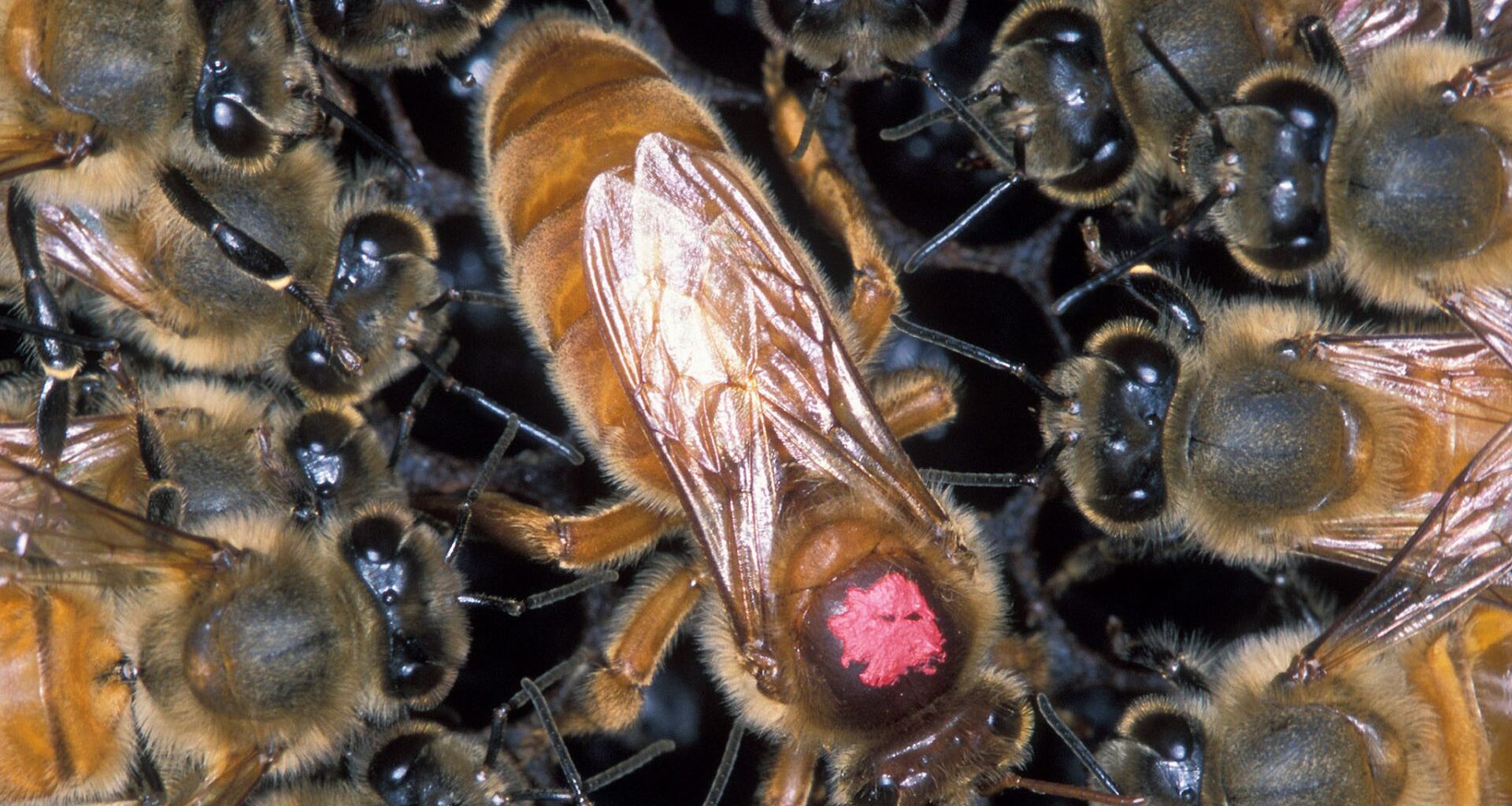Every honey bee colony revolves around its queen. Her health determines the strength and survival of tens of thousands of worker bees.
But when she begins to weaken, the hive does not wait. The workers quietly prepare a replacement in a process known as ‘supersedure.’
Researchers at the University of British Columbia (UBC) have now discovered that these queen replacements often start with viral infections that harm the queen’s reproductive system.
Their work helps explain why colonies sometimes turn against their monarch and offers clues on how to prevent it.
The research team found that common viruses can damage a queen’s ovaries, reducing both her egg-laying rate and the production of methyl oleate, a pheromone that keeps worker bees loyal.
When the chemical signal fades, workers can sense that their queen is no longer strong enough to lead and begin raising her successor.
“A healthy queen can lay as many as 850 to 3,200 eggs per day, which is more than her whole body weight,” said Dr. Leonard Foster, senior author of the study and professor at UBC’s Michael Smith Laboratories.
“But in our experiments, virus-infected queens laid fewer eggs and produced less methyl oleate. That pheromone reduction seems to be the signal to workers that a queen is no longer fit to continue.”
Beekeepers have long reported that colonies sometimes replace queens sooner than expected.
The study connects this issue to viral infections that disrupt the delicate chemical communication between the queen and her workers.
Synthetic pheromones may help hives
In field trials, the researchers tested whether adding synthetic pheromone blends could calm the colonies.
The results showed that hives treated with mixtures containing methyl oleate were far less likely to rear new queens.
“That could be a big deal for beekeepers,” said Dr. Foster. “Supersedure can be disruptive and costly, but supplementing colonies with methyl oleate could help stabilize hives during periods when continuous productivity is most important.”
This approach could help commercial beekeepers keep colonies stable during pollination or honey production seasons when consistency matters most.
Parasites add to the pressure
The team also found that ‘varroa mites,’ parasites that spread viruses among bees, play a major role in triggering queen failure.
Controlling mite populations could therefore protect queens and prevent unnecessary supersedure events.
“Our research really emphasizes how virus infections in queens can be a major problem for beekeepers,” said Dr. Alison McAfee, a research associate at UBC and North Carolina State University.
“Previous studies showed that failing queens were heavily infected with viruses, and now we know that those infections can lead to supersedure, which is risky for the colony and expensive for beekeepers to manage.”
Dr. McAfee added that queen infections are often overlooked but deserve more attention.
“Keeping the queen healthy is one more reason why it is so critical to think ahead and keep varroa levels under control,” she said.
The study is published in the journal Proceedings of the National Academy of Sciences (PNAS).

